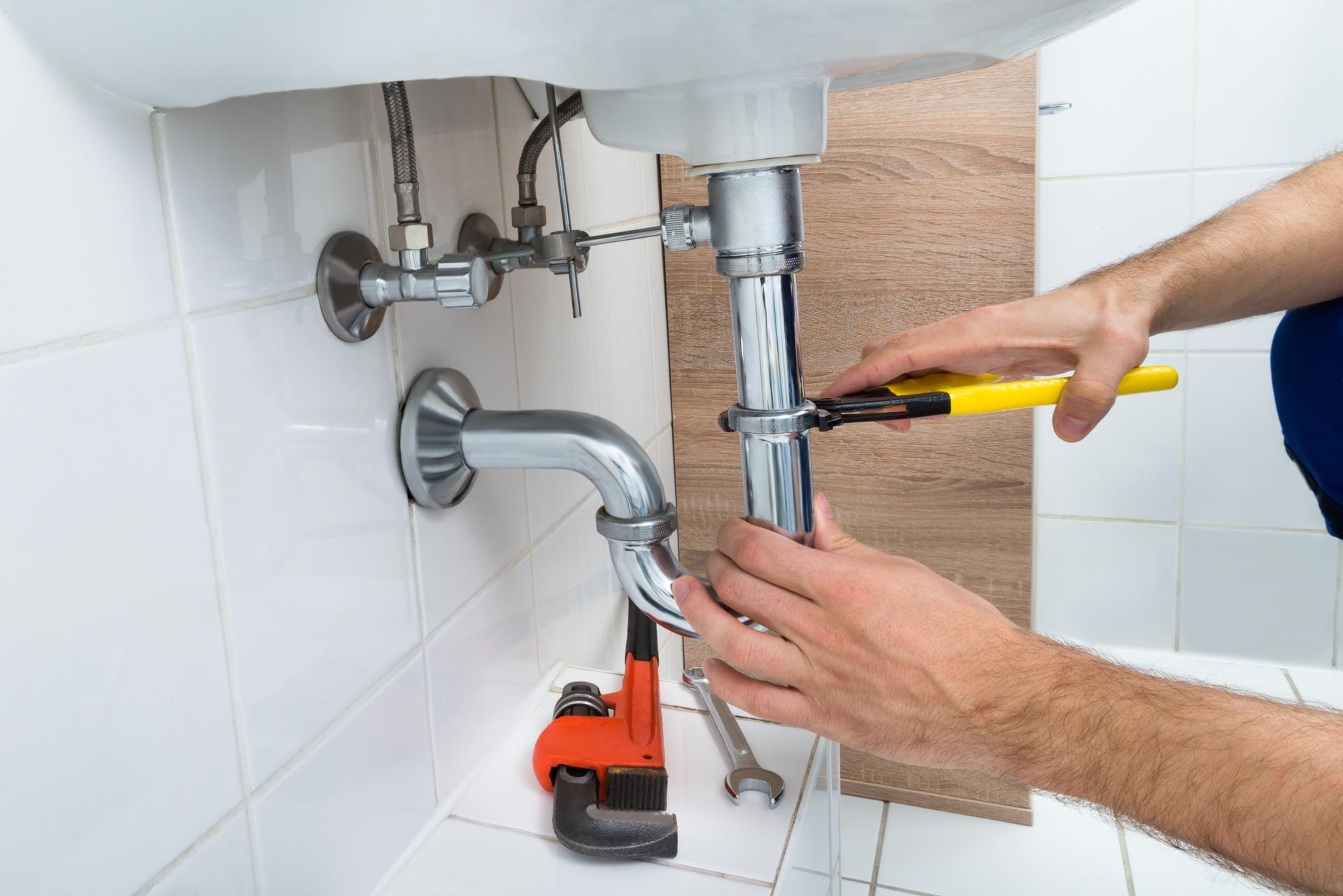Replacing Your Plumbing: What to Look Out For and What to Expect and What You Need to Know

Plumbing is an integral part of every home and provides us with safe water to drink, cook, and cleaning, as as a way to dispose of waste. Like any other appliance in your home, plumbing will eventually become worn out and need replacement.
Understanding when it’s time to upgrade your plumbing crucial to avoid expensive repairs and to avoid health hazards. We’ll discuss the indicators that show that your plumbing requires to be replaced, what you should consider prior to replacing your plumbing the plumbing replacement process, the benefits in replacing the plumbing and a section on FAQs to answer any questions you may have.
The signs that it’s time to replace your plumbing
There are many indications that your plumbing is in need of being replaced, for example: Leaks If you see water spots or puddles in your house, it’s a indication of a plumbing leak. Leaks can cause serious destruction to the structure of your home and can lead to the growth of mold which is why it’s crucial to take action immediately. Rust: Rusty pipes are a clear indication that your plumbing needs to be repaired or replaced. Rust can contaminate the water you drink, making it unsafe to consume or cook with. In the event of low water pressure, if your faucets and showerheads produce low flow of water, it’s a sign of low pressure in the water, which is caused by corrosion of pipes or blockages. Water discoloration: Water that is discolored, such as yellow or brown, is a sign of rust or sediment buildup in your pipes. This could affect the taste and the quality of your water. It could also suggest the need for plumbing repair.
Things to consider prior to replacing Plumbing
Before you replace your plumbing there are many aspects to take into consideration, such as: Age of the plumbing: Plumbing systems have a lifespan of about 50 years. So when your house is more than this, then it’s likely to be time to replace it. Cost of replacement: Replacing your plumbing can be costly, and it’s essential to budget for the expense. Severity of plumbing problems: If your plumbing issues are serious and affect multiple areas of your house replacing it could be the most effective option.
What to Expect During the Plumbing Replacement Process
The plumbing replacement process involves many steps, such as closing off the water supply: Your plumber will have to turn off the water supply to your house to avoid any leaks or water damage. Removal of old pipes: Old pipes will need to be removed, which could require cutting into walls or floors. Installing new pipes: New pipes will be installed, which might require rerouting to ensure the proper water flow. The timeline for the plumbing replacement process will depend on the size of your property and the complexity of the task. Homeowners can expect some disruption during the process, including water shut-offs as well as damage to walls and floors.
Benefits of replacing plumbing
The replacement of your plumbing has many benefits, including increased water efficiency: New plumbing pipes and fixtures have higher efficiency, which means reducing the use of water and your utility bills. Improved water quality by replacing old, corroded pipes with new ones will improve the quality and quality of water and make it safer for drinking and cooking. Reduced risk of future plumbing issues New plumbing will be less likely to create obstructions or leaks, which reduces the need for costly repairs in the future.
Conclusion
Replacing your plumbing is a major purchase, but it’s vital to ensure your home’s safety and comfort. When you are aware of the signs that tell you your plumbing is in need replacement, considering the elements that influence replacement and knowing what you can anticipate during the replacement process, you’ll be able to make an informed choice about your home’s plumbing. Remember, replacing your plumbing can provide a variety of benefits, including increased efficiency of water, better water quality, and reduced chance of developing future plumbing issues.
FAQ Section
How much does it cost to replace the plumbing?
The cost to replace your plumbing will be contingent on a variety of factors, including the size of your home as well as the complexity of the project, and the material used. On average, homeowners can expect to shell out between $5,000 and $10,000 for a whole-house plumbing replacement.
How long does it take to repair plumbing?
The time frame for plumbing replacement will be contingent upon the dimensions of your home and the difficulty of the work. In general, a complete plumbing replacement can take between two and four weeks.
Should I replace my plumbing if there’s a leak?
If you’re experiencing a single pipe leak, it may not require a full replacement. However, if you’re experiencing multiple leaks or notice other signs of plumbing issues, replacement might be the best solution.
Do I have the ability to replace my plumbing by myself?
Replacing your plumbing is a complicated task that should be left to a professional plumber. Attempting to replace your plumbing by yourself can lead to costly errors and could pose security risks.
What kind of pipe should I use to replace my plumbing?
There are many types of plumbing pipes for replacement, including copper PVC and PEX. Your plumber can suggest the most appropriate type of pipes for your specific needs and budget. To conclude, changing your pipes is a crucial decision to make with care. By understanding the signs that tell you that your plumbing is in need of replacing, considering the factors before replacement and knowing what you can expect during the plumbing replacement process, you will be able to make an informed decision about the plumbing of your home. A qualified plumber can help to guide you throughout the entire process and guarantee an efficient and successful replacement of your plumbing.
